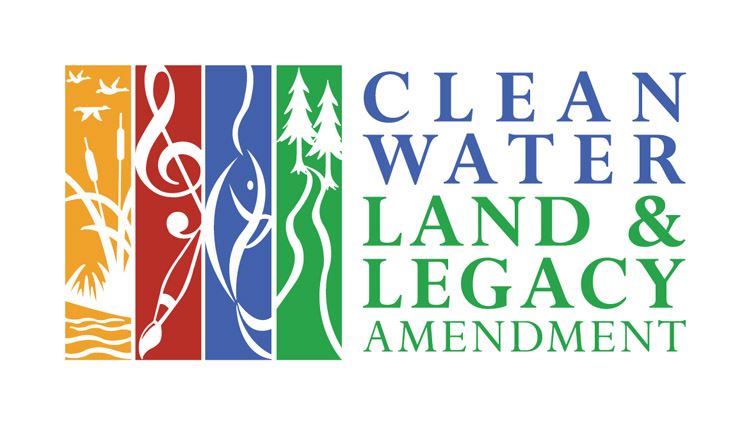HISTORY OF THE LEAGUE |
Our History Narrative
In
1868, a recommendation to amend the Minnesota constitution by striking
the word “male” as a requisite for holding office reached the floor of
the Minnesota House of Representatives. The bill was met with laughter
and immediately tabled by the men of the House. It wasn’t until 1875
that Minnesotan women were allowed to vote in any capacity, but only in
local school elections. And it took until 1897 before Minnesotan women
were allowed to vote in library elections and hold library offices.
Progress was far too slow, and in response, St. Paul women began to form
women’s interests groups such as the Ramsey County Suffrage Association
and the Woman’s Welfare League of St. Paul, predecessors of the League
of Women Voters (LWV) of St. Paul. On March 24, 1919, the National American Woman Suffrage Association met in St. Louis, Missouri, at which Carrie Chapman Catt, president of the Association, called upon the attendees to “raise up a league of women voters.” The same day, Minnesota enacted legislation to allow women to vote in presidential elections. Responding to the need to educate the expanding electorate in Minnesota, Cornelia Lusk and Jane Burr founded the Ramsey County League of Women Voters in November 1919. During
the ’20s and ’30s, the League held day-long schools to instruct voters
on the mechanics, history, and value of voting. In 1947, the Ramsey
County League of Women Voters closed its doors, and a large portion of
its membership became the League of Women Voters of St. Paul. In 1948,
LWV St. Paul published “You are the Government” which sold over 17,000
copies its first year. LWV St. Paul published similar documents for
decades, including the most recent version, “Guide to Government” in
2013. During the ’50s, LWV St. Paul published several other pamphlets
and successfully lobbied for fair employment practices to become state
law. In the ’70s, LWV St. Paul assisted with the creation of St. Paul’s
Home Rule Charter. Several members were on the city’s Founding
Committee. In the ’80s, LWV St. Paul collaborated with other community
organizations to promote the merger of the City of St. Paul and Ramsey
County Health Departments. After the 2004 election, LWV St. Paul studied the voting patterns of precincts in the 1998, 2000, 2002, and 2004 elections using 2000 census demographics for St. Paul. In the publication “Who Didn’t Vote?”, LWV St. Paul analyzed this information to locate areas and populations with the greatest need for voter services. LWV St. Paul’s most recent work includes a 2009 Housing Report study observing the causes and effects of mortgage foreclosures, government actions on affordable housing, and recommended policies and practices. LWV St. Paul was also instrumental in the defeat of a voter ID referendum in 2012 that would have disenfranchised hundreds of voters. Today, LWV St. Paul continues to embody civic virtues of engagement and activism. Become part of history by joining the League of Women Voters of St. Paul today! | Oral History ProjectIn 2015, the Minnesota Historical Society provided small grant to the League of Women Voters St. Paul to record the oral histories of our organization. This project has been made possible by the Arts and Cultural Heritage Fund through the vote of Minnesotans on November 4, 2008.
The LWV St. Paul hired Kate Cavett, a professional and well known oral historian, to execute the oral history process. You can learn more about her work at her website. Ms. Cavett interviewed nine long-time members of our local League. You can read the interviews and learn about our history in the links below. Roberta Ann “Bobbi” McNeal Megard Deborah "Debbie" Ann Drinkwine Nelson Diane Margaret Gensichen Brooke Marilyn Donovan Lundberg & Peggy Donovan Lynch Sigrid "Sig" A. Tracht Johnson |
Pioneer Press Editorial
Sept. 7, 2010: League of Women Voters celebrates 90 years of service
Read the rest of the editorial here!It took the suffragists and their allies about 70 years to win passage of the women’s right to vote in 1920. That movement gave birth to another — the League of Women Voters, whose job was and remains to study current issues, take positions and make us all better voters and better citizens.

